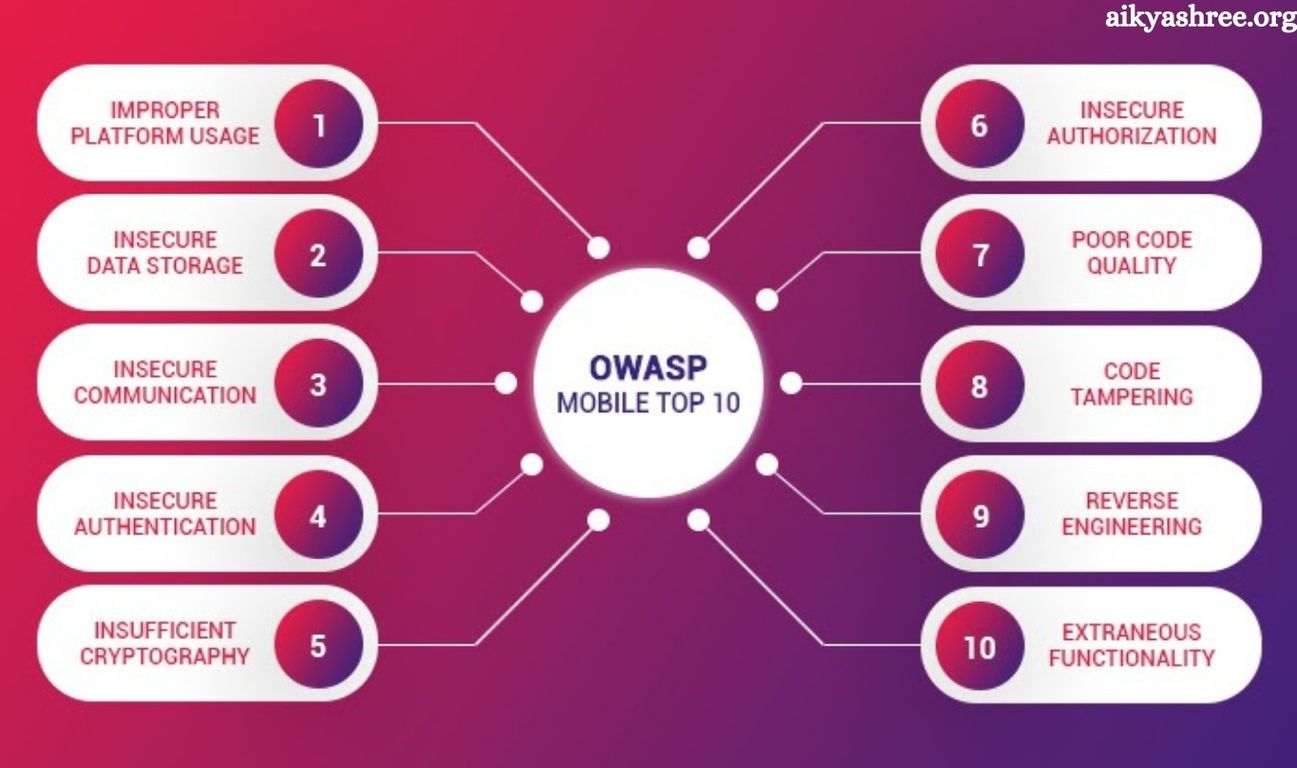As cyber threats become more sophisticated, traditional security methods are no longer sufficient to protect applications. Implementing advanced technologies like RASP (Runtime Application Self-Protection) is essential for enhancing security by detecting and blocking threats in real time. Unlike traditional tools, RASP works within the application, offering deeper insights and a proactive defense mechanism against attacks. Here are the key benefits of integrating RASP into modern applications:
Real-Time Threat Detection and Elimination: RASP operates within the application to detect and respond to threats instantly, unlike traditional tools that only monitor the perimeter. It identifies malicious input and behavior, blocking attacks such as cross-site scripting, remote execution, and SQL injection without human intervention, preventing security breaches.
Contextual Awareness for Enhanced Security: Traditional security tools rely on predefined rules, making them ineffective against zero-day attacks. RASP, however, offers contextual awareness, distinguishing between legitimate and malicious activities to reduce false positives and provide more accurate, proactive defense.
Read More: Using Primavera P6 for Managing Large Scale Projects
Protection Against Known and Unknown Threats: Traditional tools struggle with detecting unknown threats like zero-day exploits. RASP improves security by identifying both known and unknown threats based on application behavior, adapting to new attack vectors without reliance on signatures.
Reducing Dependency on Perimeter Security: Perimeter security tools, like intrusion detection systems, focus on network protection but fail if attackers bypass them. RASP provides an additional layer of security within the application, protecting against internal threats and ensuring safety in cloud and microservice environments where traditional perimeter defenses are less effective.
Improved Compliance and Regulatory Adherence: RASP helps organizations meet strict compliance requirements, such as ISO and GDPR, by safeguarding sensitive data and generating detailed security logs for auditing and forensic analysis, ensuring adherence to security practices without extensive modifications.
Easy Integration: RASP integrates seamlessly into the software development lifecycle, ensuring security without disrupting workflow. It fits easily into continuous integration and deployment pipelines, offering robust security throughout the application lifecycle.
In addition to these benefits, RASP improves application performance and user experience, maintaining high performance while ensuring compliance and cost efficiency. With RASP, organizations can achieve a proactive and comprehensive approach to security.
Frequently Asked Questions
What is RASP (Runtime Application Self-Protection)?
RASP is an advanced security technology that protects applications from cyber threats by detecting and blocking attacks in real time. Unlike traditional security tools that monitor the perimeter, RASP works inside the application to analyze behavior and prevent threats before they cause damage.
How does RASP differ from traditional security tools?
Traditional security tools mainly focus on perimeter defense, such as firewalls and intrusion detection systems, which can be bypassed. RASP, on the other hand, operates within the application itself, offering deeper protection by continuously monitoring the app’s behavior and blocking malicious activities in real time.
Can RASP detect both known and unknown threats?
Yes, RASP is designed to detect both known and unknown threats by analyzing application behavior. It doesn’t rely solely on predefined signatures, which allows it to identify sophisticated attacks, including zero-day exploits.
How does RASP improve compliance with regulations like GDPR or ISO?
RASP provides built-in security controls that help protect sensitive data and ensure compliance with various regulations. It also generates detailed logs for auditing purposes, making it easier for organizations to meet regulatory requirements.
Will RASP impact application performance?
RASP is designed to provide robust security without significantly affecting application performance. By operating within the application, it can identify and block threats without causing a noticeable slowdown, ensuring high performance is maintained.
Is RASP easy to integrate into existing applications?
Yes, RASP integrates seamlessly into the software development lifecycle, including continuous integration and deployment pipelines. It can be added without disrupting existing workflows or requiring extensive modifications to the application.
Do I still need perimeter security if I implement RASP?
While RASP adds an essential layer of protection within the application, perimeter security tools like firewalls and intrusion detection systems are still valuable for protecting the network. RASP enhances overall security by addressing internal threats and vulnerabilities that perimeter tools may miss.
Can RASP protect cloud-based applications and microservices?
Yes, RASP is particularly useful in cloud and microservice environments, where traditional perimeter security tools may be less effective. It provides continuous protection against threats within the application, regardless of the underlying infrastructure.
What types of attacks can RASP prevent?
RASP can prevent a wide range of attacks, including cross-site scripting (XSS), SQL injection, remote code execution, and other application-layer threats. By analyzing application behavior, it can identify and block malicious activity before it causes harm.
Conclusion
Implementing RASP (Runtime Application Self-Protection) significantly strengthens application security by offering real-time threat detection and proactive defense. Unlike traditional security tools, RASP operates within the application, providing deeper insights and protection against both known and unknown threats.
It enhances compliance, reduces dependency on perimeter security, and ensures seamless integration into the development lifecycle without compromising performance. By proactively identifying and blocking attacks, RASP enables organizations to safeguard sensitive data, reduce vulnerabilities, and maintain a robust security posture, ultimately ensuring a safer, more resilient application environment.

